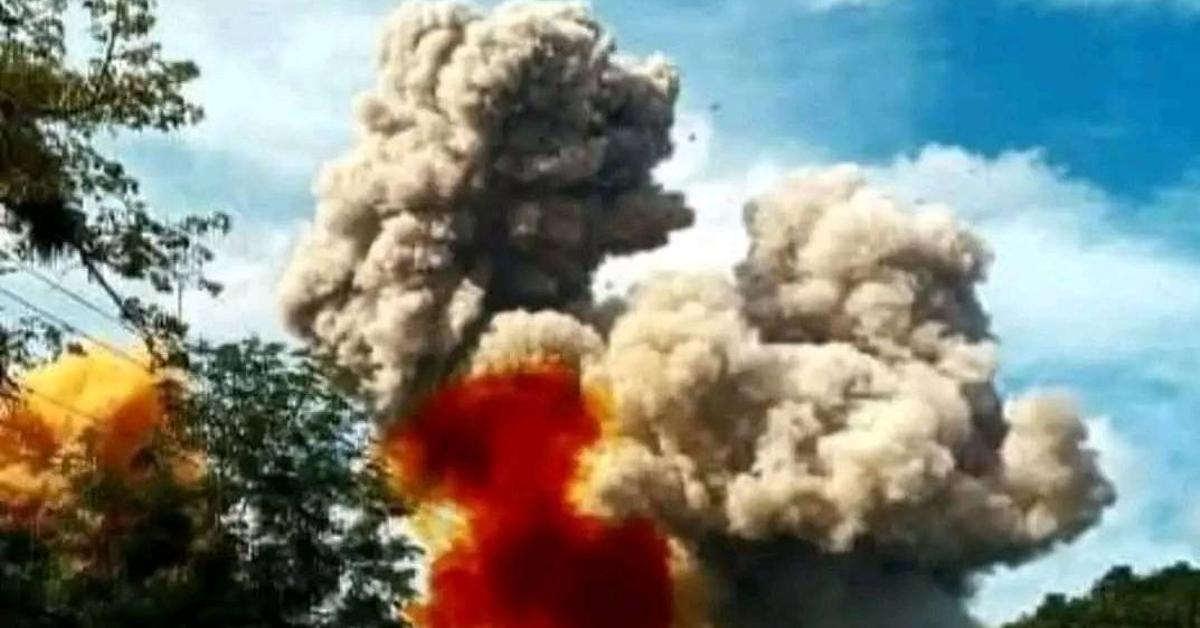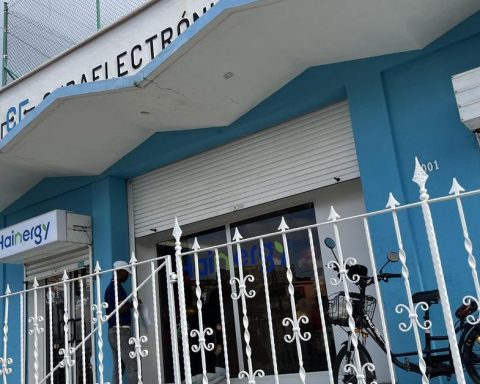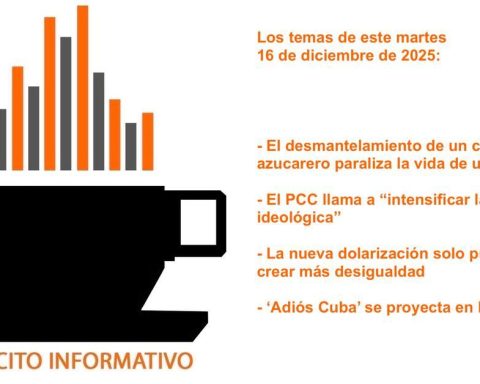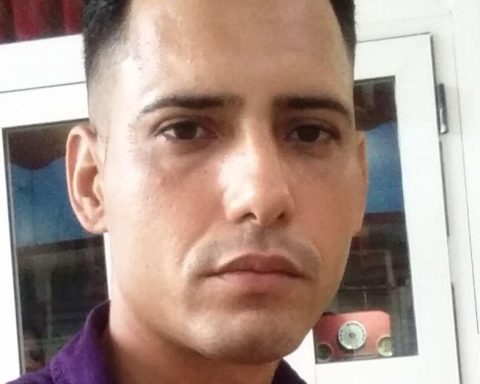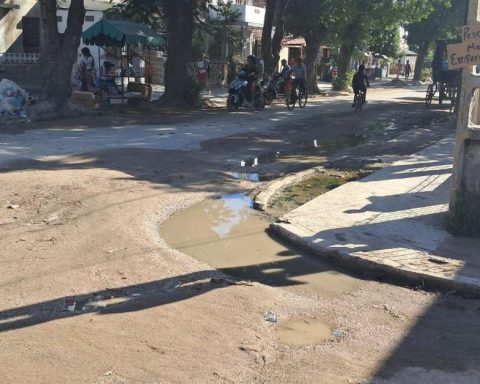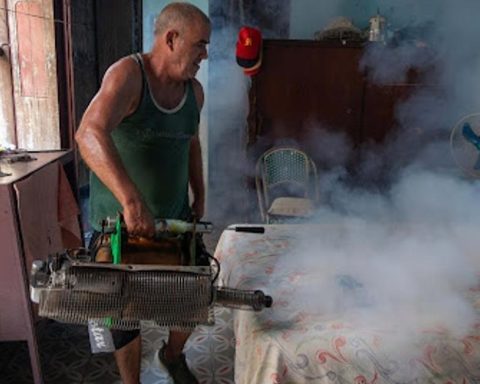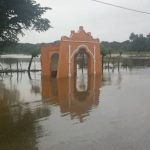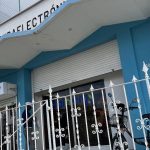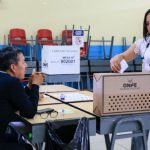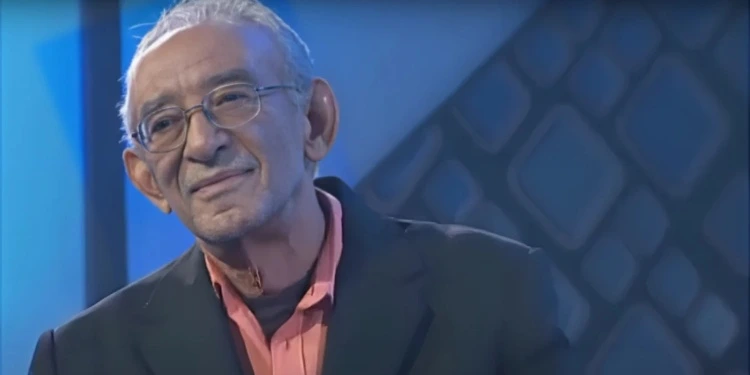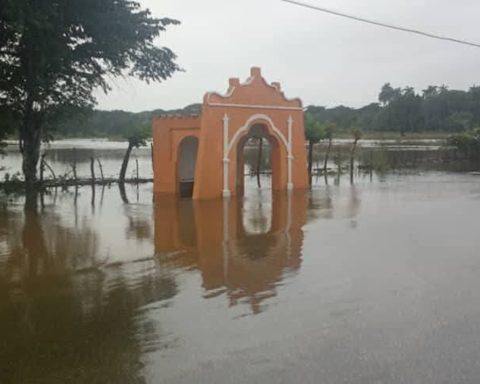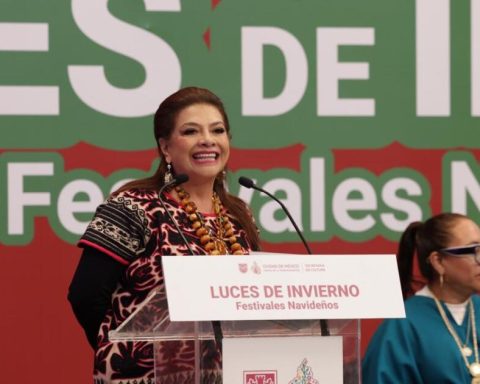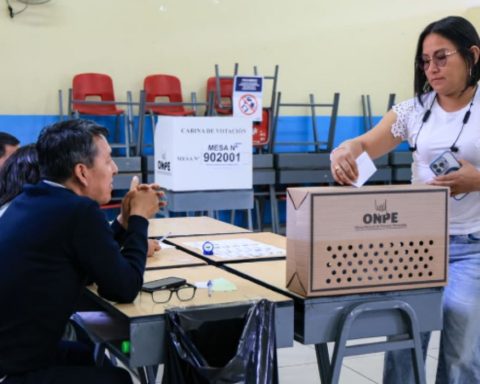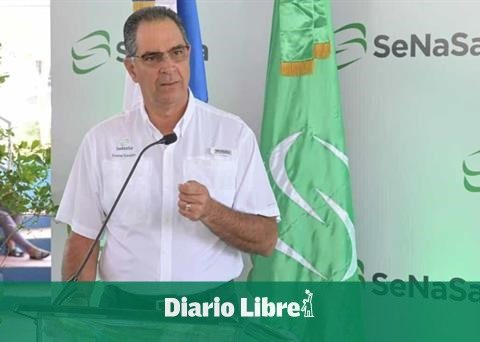Holguin/Eight days after disappearance of 13 soldiers in a series of explosions at the base of Melones of Rafael Freyre, in Holguín, the only activity of the authorities that the neighbors have seen has been the flight of several drones over the disaster area. According to 14ymedio a relative of the disappeared – who requests anonymity because they have been prohibited from speaking to the media or even publish on networks–, they are using the devices to “measure the temperature from the air” and know when it can be accessed. At the moment, he assures that they have been informed, “it is not safe to send human beings because there are parts that are still hot.”
The Government, meanwhile, has remained completely silent on the matter, since it revealed – more than 12 hours after the event, which occurred in the early hours of October 7 – the list of the missing. It remains unknown exactly how many explosions occurred, what type of munitions exploded and the amount of weapons stored at the site.
Nor has the president, Miguel Díaz-Canel, sent any signal beyond the only tweet he addressed to the issue on Wednesday, and much less has he visited Holguín, where, by the way, the prime minister, Manuel Marrero, is from.
The authorities are not even allowing relatives from other provinces to approach Rafael Freyre and Melones, says the same source, to accompany the families who are waiting for news of the disappeared. “An uncle of one of the missing military service boys went there to pepe ballsbut they told him to turn around, they are not going to let him pass.”
On Friday, according to official information, security forces authorized the return of some displaced people to houses that are “located within a radio distance that no longer poses dangers,” but they did not say where they were specifically located.
Several stories of frustrated attempts to approach the area circulated in the official media. One of them, published in Granmawas that of the president of the Municipal Assembly of People’s Power of Rafael Freyre, Alexis Driggs Gómez. The leader, according to the newspaper, “has on his forehead, between his eyes, the imprint of the impact of a fragment of glass ejected by the first major explosion that occurred in the Military Unit.”
Driggs was in the area with a group of soldiers, at two in the morning, when the shock wave of one of the detonations threw them to the ground, “in the middle of a cloud of particles, dirt and dust that flew in all areas.” directions.”
Driggs was in the area with a group of soldiers, at two in the morning, when the shock wave of one of the detonations threw them to the ground
More than 490 residents in the rural district of Sao Redondo were transferred to “safe places,” as were residents of Sao Nuevo, El Cerro and the town of Melones itself. The sources of Granma They highlighted “the creation of peasant brigades” that guard “the homes with the belongings of those transferred to evacuation centers and protected in the homes of family and friends, in the municipal seat and in other places.”
Among the missing is Leinier Jorge Sánchez, just 18 years old, the son of Driggs Gómez’s secretary, Gretel María Franco. Along with him are also military service recruits, Liander José García Oliva, Brian Lázaro Rojas Long, Yunior Hernández Rojas, Rayme Rojas Rojas, José Carlos Guerrero García, Frank Antonio Hidalgo Almaguer, Carlos Alejandro Acosta Silva and Héctor Adrián Batista Zayas, in addition of the four officers Carlos Carreño, Orlebanis Tamé Torres, Yoennis Pérez Durán and Leonar Palma Matos.
